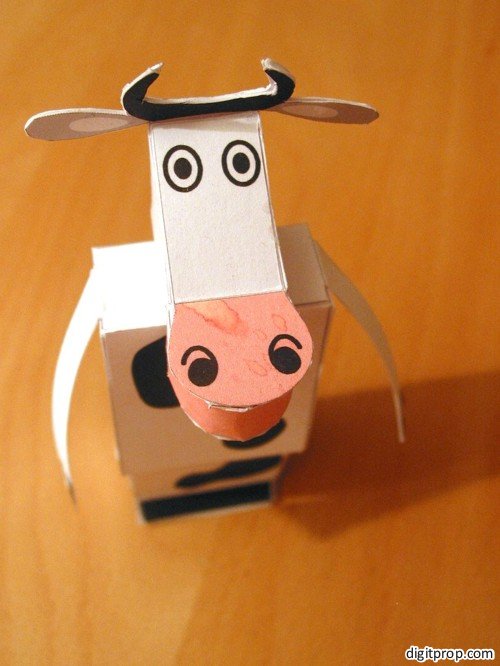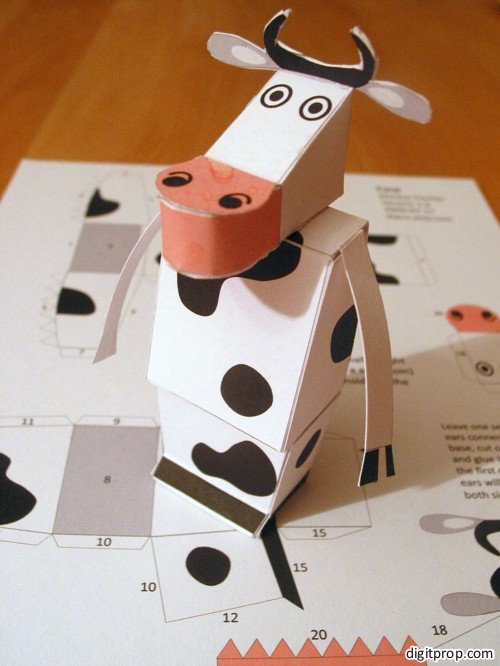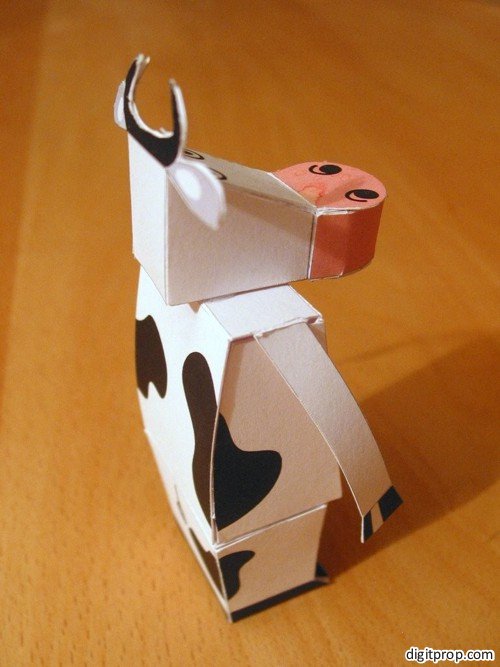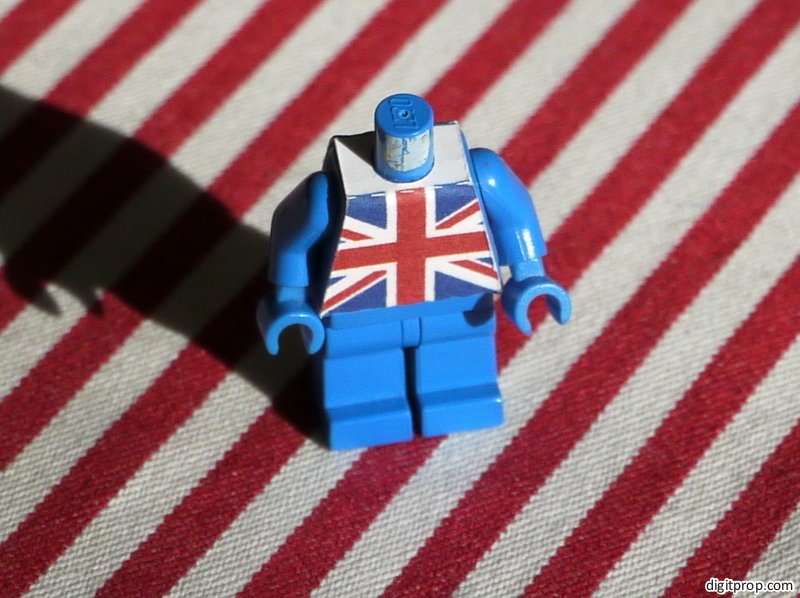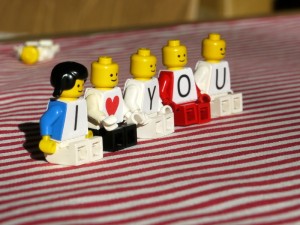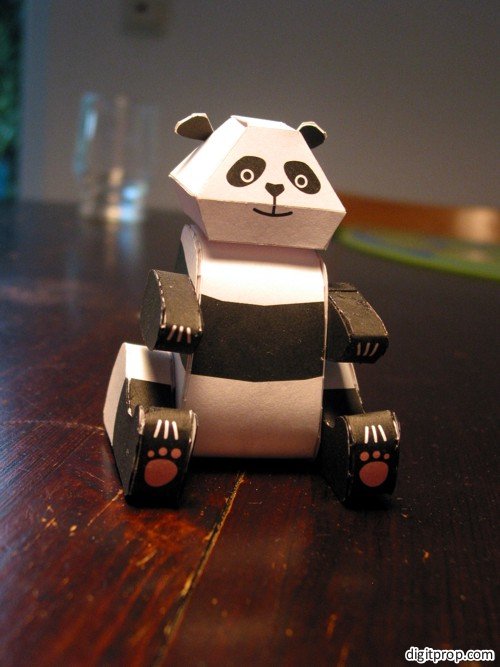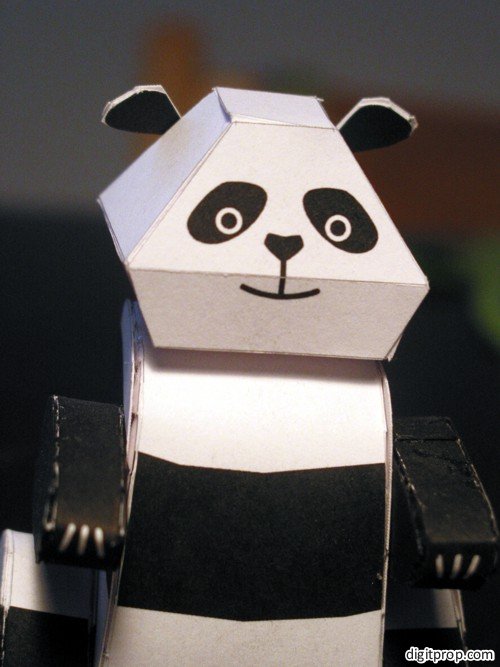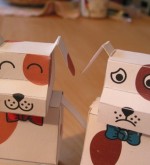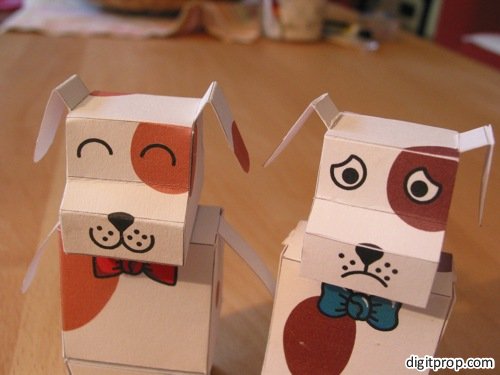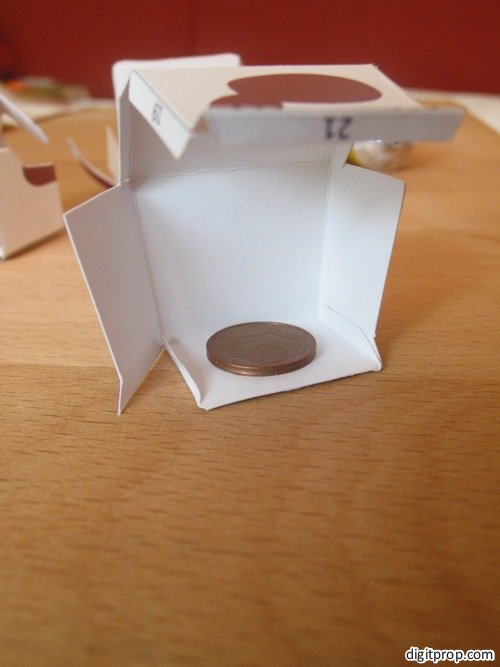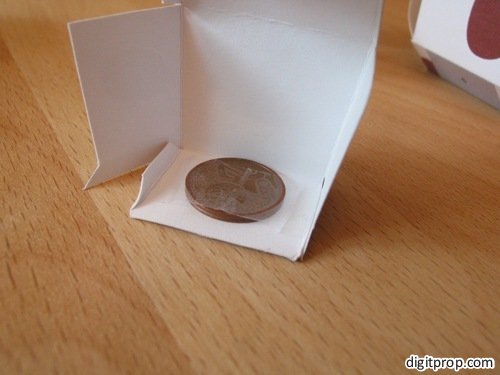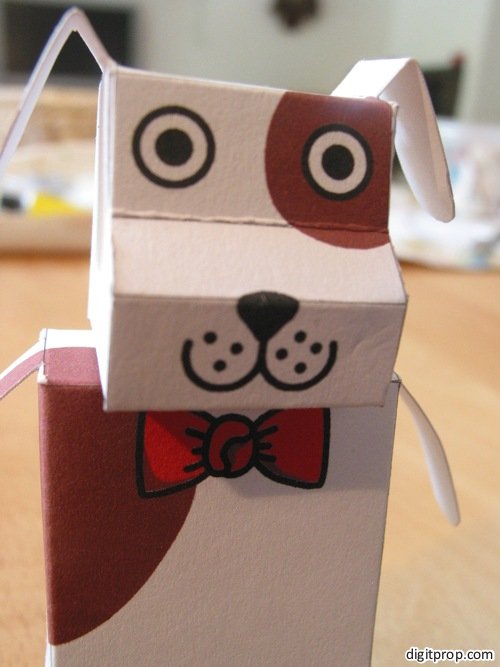Ok, this is funy: The post was originally titled ‘A cow named Sue’. I thought I’d give the cow a name, for the sake of reinforcing the anthropomorphization. Fast forward a couple of months later, I look at my web stats and more specifically the referrers. Turns out there were two Google searches for the term ‘a cow named sue’. Hm, strange, I think to myself – rather unlikely that somebody came across the post, vaguely remembers it and looks it up in Google under the exact title.
So I did the Google search myself. Surprise, the first hit is not my post, but rather a childrens’ book. As far as I can tell, I was completely unaware of its existence, let alone its title, but somehow it must have crept into my subconscious. The other explanation, that I randomly chose the same – rather randomly picked – name for my cow as Penny Wolf, the author of ‘A cow named Sue’, seems too improbable. Or maybe, there is an archetype hardwired into the human brain… I am sure if you dig deep enough, some Phoenecian god of fertility with a bovine head had a name phonetically vaguely similar to ‘Sue’. Oh well…
Anyway, the cow formerly known as Sue is a happy cow. She really is. She may look a bit wideeyed and startled, but she is completely happy. Trust me.
Here she is standing on her template sheet:
Turn around:
Good girl!
As you can see, I messed up when I constructed the model – I got some water on her face, blotting the inkjet ink. Feel free to do better…
And here is the template (see also instructions here):
